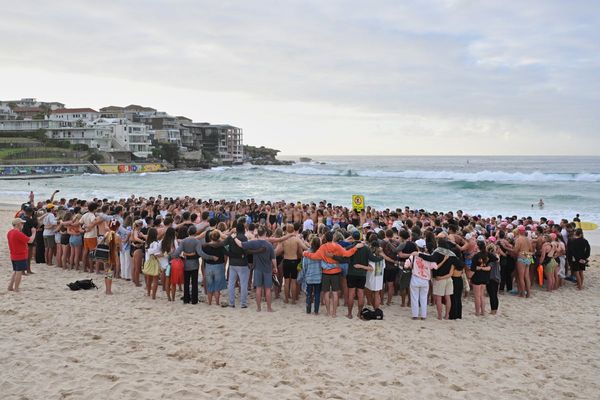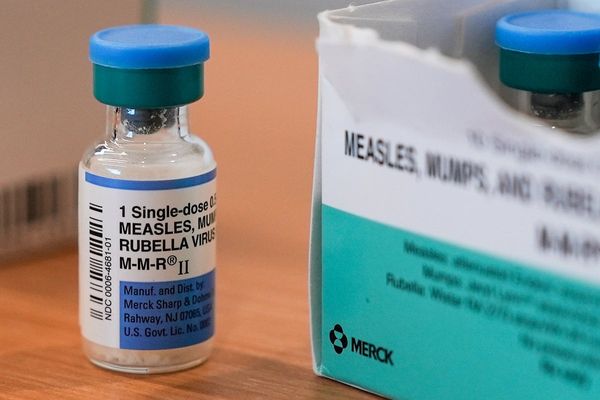As of 4pm on Wednesday, five rounds of voting by Conservative MPs have produced a final two candidates for party leader, ready for the next stage. That process – and the choice of who becomes prime minister – will be down to Tory party members.
The party does not say how many members it has, with estimates varying between about 140,000 and 200,000. Every member gets a vote as long as they joined before 3 June this year, three months before the end of the ballot. People who are members of more than one party association get a single vote.
Ballots will be posted to members, and are due to arrive between 1 August and 5 August. The vote closes at 5pm on 2 September, with the winner announced on 5 September. They would most likely formally become prime minister a day afterwards.
While members have a month to vote, experience of such postal ballots shows a lot of people tend to do it immediately, placing a premium on a rapid, hard-hitting early campaign by the two candidates.
There will be a timetable of nationwide hustings events, where members can ask questions, which will also be streamed live. The details for these are expected to be announced on Wednesday evening or first thing on Thursday.
While the electorate choosing the next prime minister is more numerous than the 358 Tory MPs who narrowed down the field it is nonetheless not especially representative of the UK.
Tory party members are disproportionately male – in 2017, 71% were men – and more likely to live in London and the south of England. The average age at the time was 57.







